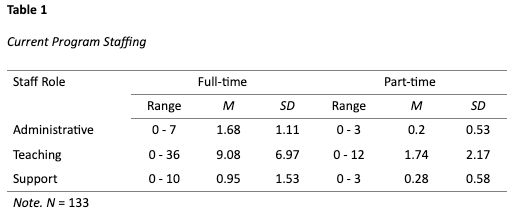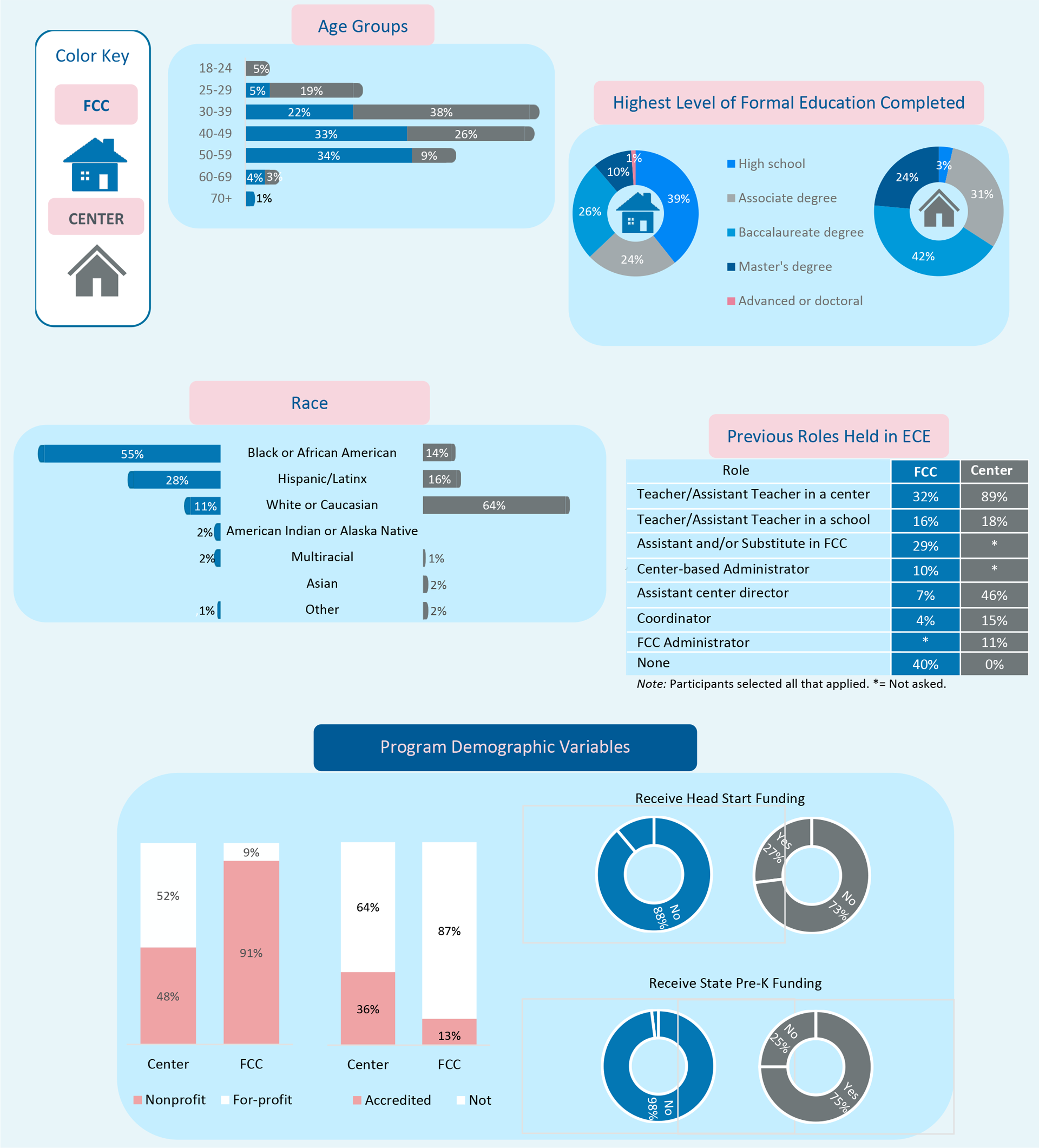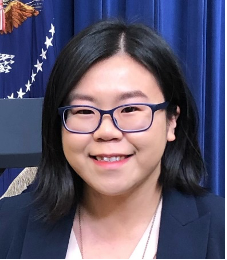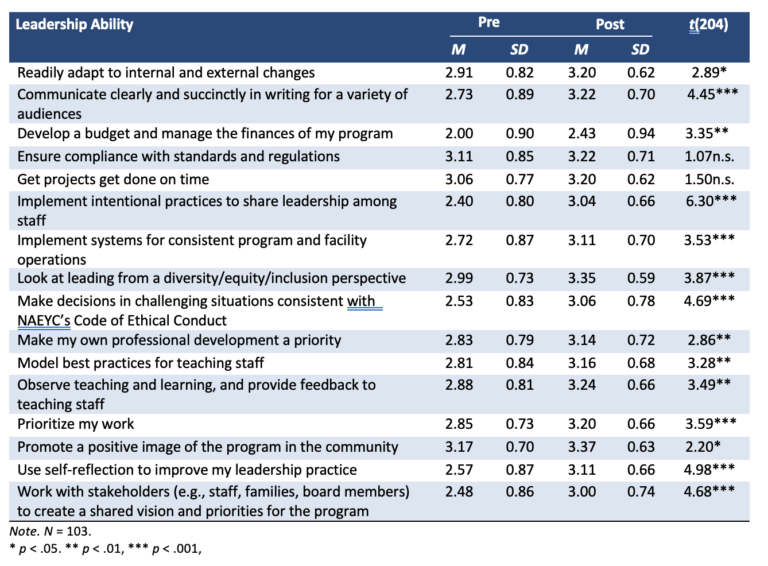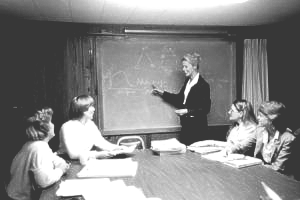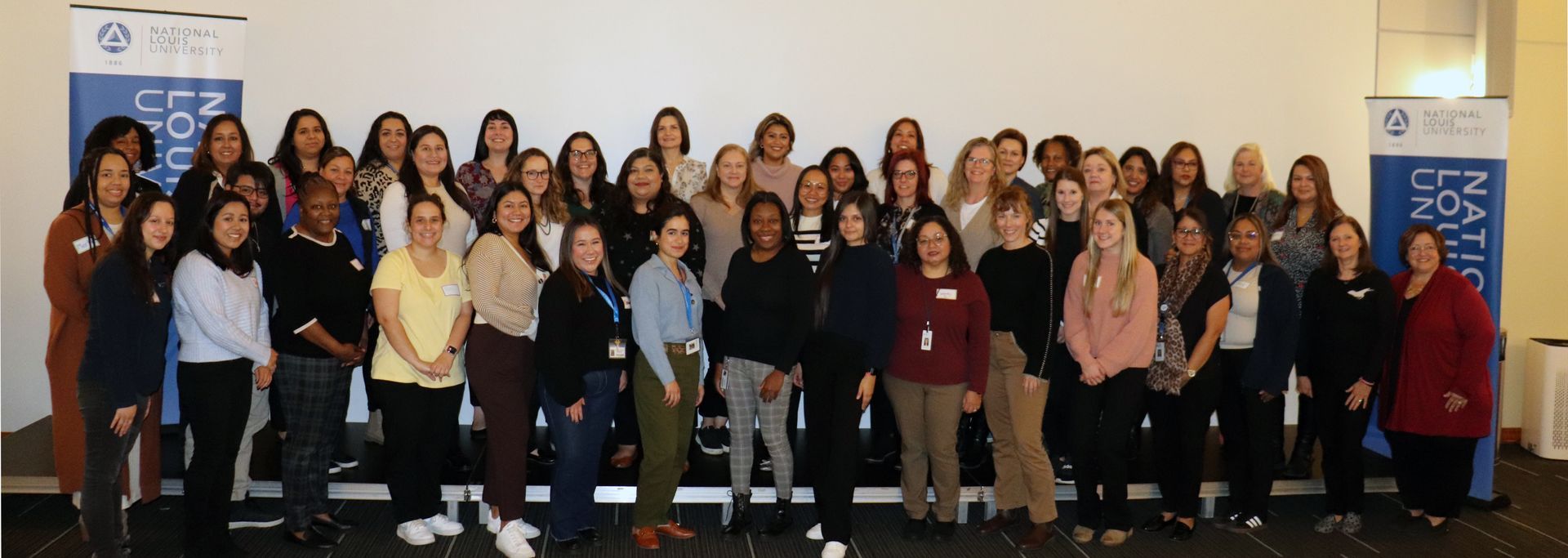These resources include detailed and thought-provoking studies on important topics, concise summaries of research relating to early childhood professional development and workforce issues (Research Notes), and important documents explaining requirements to become director-qualified. Our research aims to inform policy to embed quality supports for early childhood leadership in state and federal initiatives.
Latest Resources - Research
By Teri Talan
•
August 9, 2022
Explore how McCormick Center reflects on bias, embeds DEI into leadership tools, and takes action through inclusive learning, programming, and strategic decisions.

